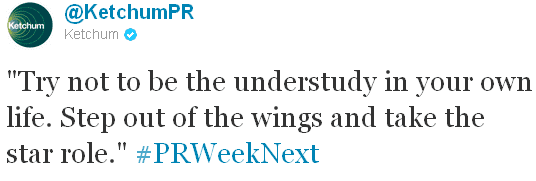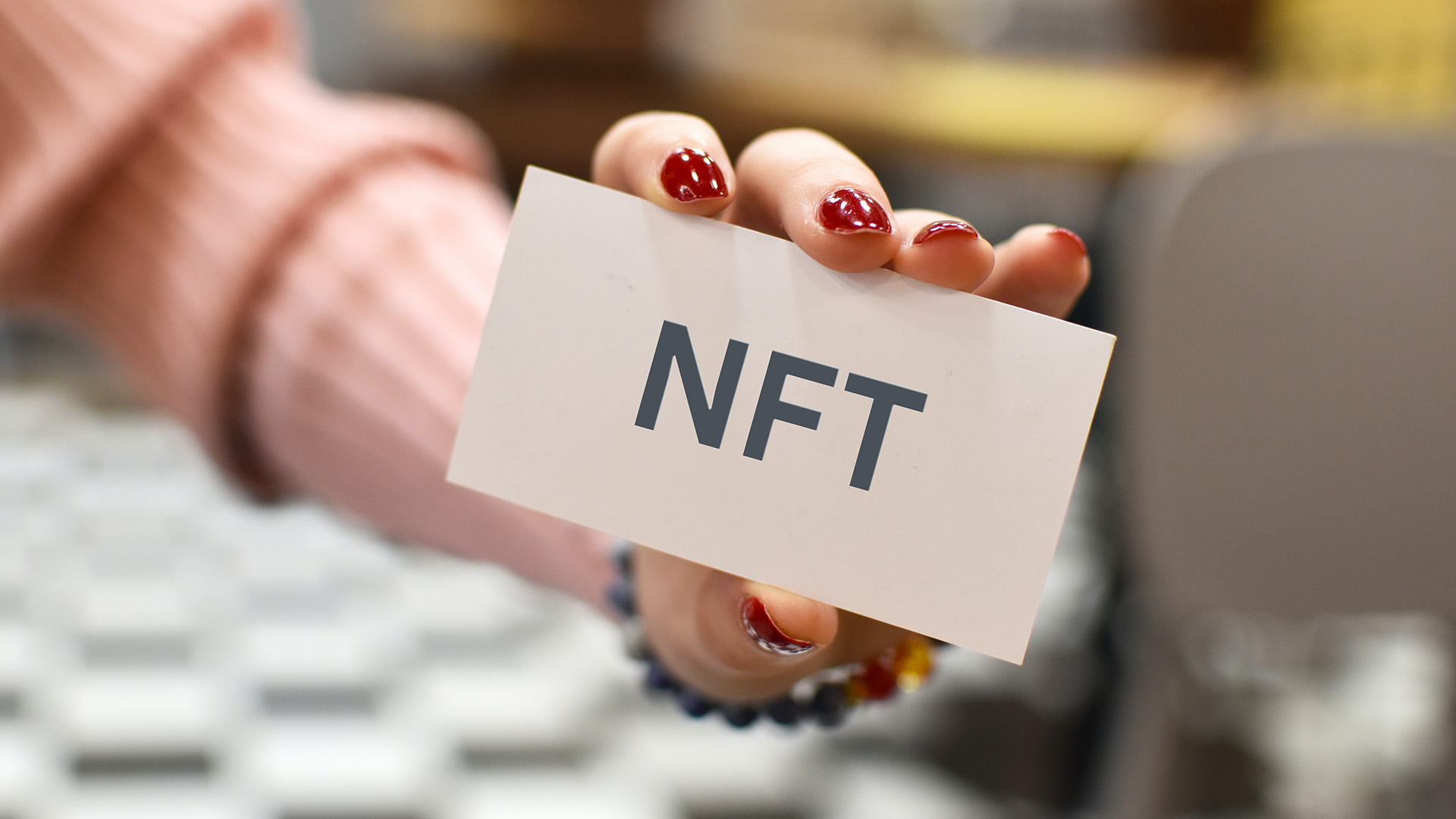It’s a question that was asked with an exasperated tone toward the end of a Ketchum-sponsored panel at PRWeek‘s Next Conference on Wednesday in New York — and it’s one that some PR professionals have been asking for years.
The “there” in question, of course, is the “table” — as in the one that PR professionals have been yearning for a seat at for decades. The short answer to the question is, “Yes, we’re there, and we have been for a while.”
The longer answer, developed during the course of the panel, titled “The PR Challenge and Opportunity,” and featuring Ketchum President Rob Flaherty, Edelman CEO Richard Edelman, and Golin Harris President Fred Cook, is that the buck doesn’t stop with that seat at the table. “I don’t worry about not having a place at the table,” Flaherty said, adding that as an $8 to 10 billion industry, PR has long come into its own. But, he said, now PR must take the “seat at the table” notion a step further, and strive to have a seat at many tables throughout an organization — from human resources to sales to investor relations to product development.
According to Flaherty, PR is not just in the “promise-making” business, but the “promise-keeping” business. And what that really means is that chief communication officers need to actually be chief alignment officers within their companies to ensure all of the company’s actions match up with its values.
Anytime you get the leaders of three of the largest PR agencies in the world together for a conversation about the future of PR, it’s bound to be interesting. Some other highlights from the panel:
- PR wins in the age of transparency – “We live in an era where a brand is what a brand does,” said Flaherty. “It is the action it takes that defines a brand, not a hermetically sealed 30-second spot. That’s a road that leads to us.”
- Measurement, measurement, measurement – Analytics are king, especially when dealing with the C-suite. And Edelman says we can’t look at analytics in the same way that advertising does because we simply don’t have the same budgets. Engagement has to be a priority metric.
- Playing to employees’ strengths – Though not necessarily an idea that resonated with the entire panel, Golin Harris’s Cook spoke about the agency’s recent decision to strip away traditional job titles and instead classifies employees into four groups: strategists, creators, connectors, or catalysts.
- Looking outside the normal talent pool – The explosion of digital and social media work for PR has created the need for talent with much more digital strengths, said Flaherty, citing the “nontraditional” hires Ketchum has made in the past few years, such as Isaac Mark, Executive Producer of Video and Multimedia, and a former Howard Stern producer; Mo Lishomwa, Head of Digital at the London office, and former Digital Director at Saatchi Saatchi; and Daisy Wallace, Broadcast and Content Consultant at the London office, and former producer for the Television Consultancy.

Quote by Rob Flaherty at PRWeek’s Next Conference that was tweeted on Ketchum’s Twitter feed.
Do you think PR still has an inferiority complex? Is it time to move on from the “seat at the table” conversation and concentrate on other ways for PR to shine?
(Disclosure: I was an editor at PRWeek from 2004 to 2010.)


